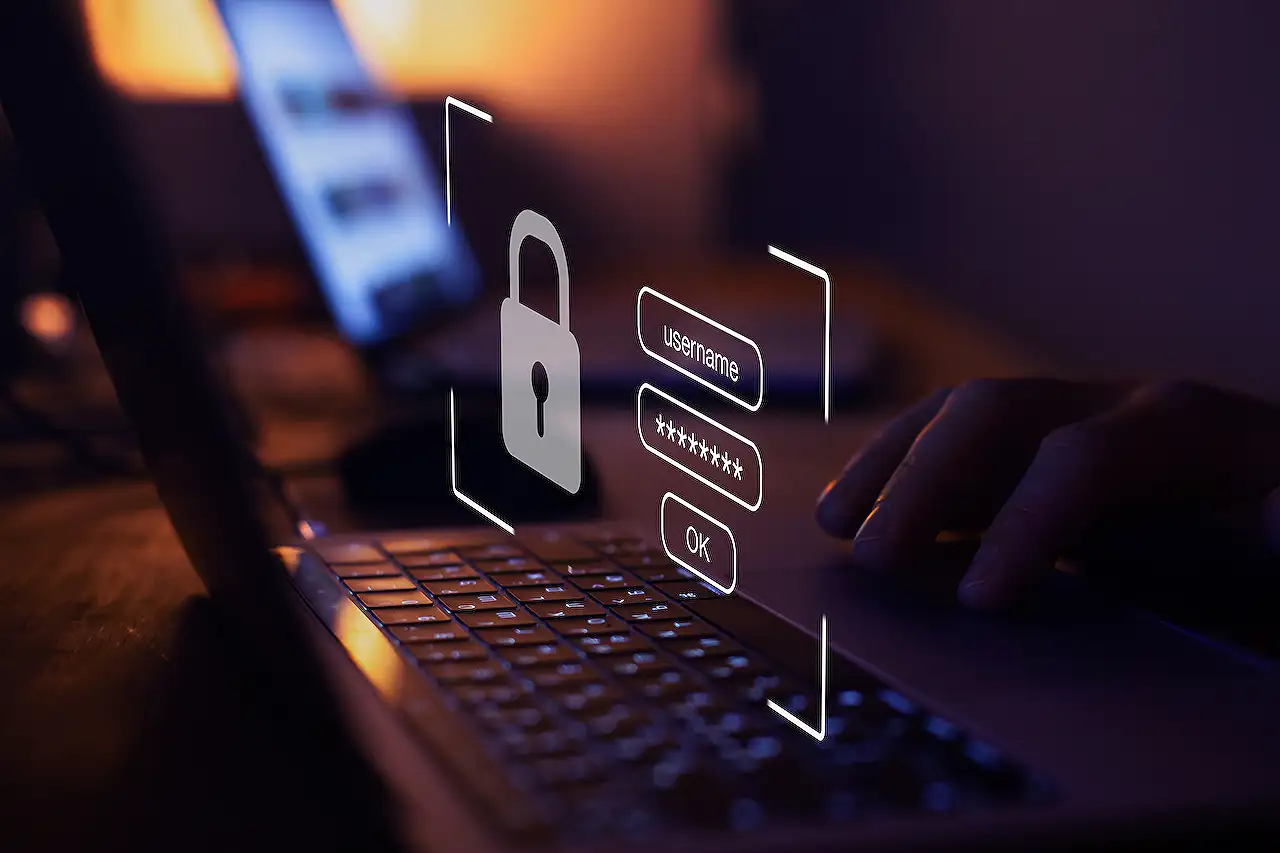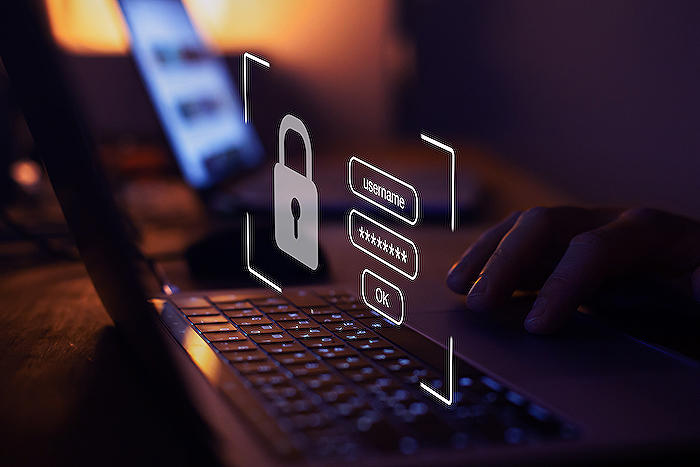- All of Microsoft

Configuring & Using Secret Type Environment Variables
Discover step-by-step how to configure and consume Secret type Environment Variables in Azure Key Vault - a secure, Microsoft Azure based solution.
Understanding Azure Key Vault and Environment Variables Configuration
This information is about an article written by Rajeev Pentyala. His post instructs you on setting up and using secret Environment Variables in Azure Key Vault, plus how to retrieve them using Power Automate Cloud Flow. It addresses not only how these tools work independently but also how they combine.
Azure Key Vault and Environment Variables
Microsoft's Azure Key Vault is a cloud-based tool allowing users to store securely and manage cryptographic keys, secrets, and certificates. Secrets here refer to protected elements, such as API keys and passwords. On the other hand, Environment Variables are means for keeping and handling configuration values used across different environments.
Combining Azure Key Vault and Environment Variables
Combining Azure Key Vault secrets in Environment Variables requires the creation and configuration of secrets in Azure Key Vault, followed by the creation of an Environment Variable in Power Platform and mapping the secrets. The two tools can be combined for greater efficiency and security.
Azure Key Vault Setup
Setting up Azure Key Vault involves granting the Key Vault Secrets User role's Dataverse service principal, copying essential information from the Key Vault setup for future steps. For more detailed information click here.
Configuring the ‘Environment Variable’ of Type ‘Secret’
This step involves performing functions in PowerApps maker portal to create, configure, and reference new Azure Key Vault secrets in the Environment Variable.
Connecting Cloud Flow
Once the Key Vault is set up and the secure Environment Variable has been created, a simple cloud flow can pull in the new configuration data. This step also covers the use of the RetrieveEnvironmentVariableSecretValue unbound Action to read the secret Environment Variable.
Securing and Testing Cloud Flow
Upon securing the flow's outputs, the execution sequence can be tested to check its functionality. This process involves enabling the Secure Outputs option in settings and retesting the flow.
Main Topic in General
Maintaining a secure environment for your data applications is vital. Microsoft provides tools like Azure Key Vault and PowerApps, enabling you to securely store and handle data, such as cryptographic keys, secrets, and certificates. By integrating these tools with the power of the cloud - through Power Automate Cloud Flow - users gain the ability to streamline and enhance their security processes significantly.
Read the full article [Step by Step] Configure and Consume ‘Environment Variables’ of type ‘Secret’

Learn about [Step by Step] Configure and Consume ‘Environment Variables’ of type ‘Secret’
This article provides guidance on configuring and utilizing 'Environment Variables' of type 'Secret' via Azure Key Vault, and integrating them within Power Automate Cloud Flow.
- Considering Azure Key Vault and Environment Variables
- Understanding a high-level design of the process
- Steps to create and configure new Azure Key Vault and Secrets
- Configuring 'Environment Variable' of type 'Secret'
- Creating a Cloud Flow for testing
To understand the topic thoroughly, some familiarity with Azure services and Power Automate is beneficial. If you want to learn more, consider the following:
- Azure Key Vault - Basics
- Azure Key Vault - Online Training
- Azure - Udemy Courses
- Power Apps Training - Microsoft Blog
- Power Automate - Coursera Courses
Under Azure Key Vault, a range of artifacts, including secrets (like API keys and passwords), certifications, and cryptographic keys, are securely managed.
'Environment Variable' is an operative method of storing and managing configuration values across multiple environments. They can be utilized across a variety of solution components, from canvas apps to flows.
The process of integrating Azure Key Vault secrets in Environment Variables is two-fold:
- Creation and configuration of secrets in Azure Key Vault through the Azure Portal
- Creation of an Environment Variable in Power Platform and mapping of secrets
To illustrate the process, a detailed step-by-step guide is provided, starting with the creation of a new Key Vault and followed by the configuration of a 'secret' Environment Variable. The article concludes with creating an instantaneous flow for testing purposes.
The process outlined requires familiarity with Azure, Power Apps, and Power Automate, and is a complex process to set up. However, once established, it provides a secure and streamlined method for managing and utilizing secure secrets across platforms.
To gain better understanding and hands-on experience, and reduce the complexity of the process, consider enrolling for online courses listed above. These training materials will provide comprehensive insights, reducing ambiguity, and ensuring your skills are up-to-date in this constantly evolving technology landscape.
More links on about [Step by Step] Configure and Consume ‘Environment Variables’ of type ‘Secret’
- [Step by Step] Configure and consume 'Environment ...
- May 2, 2023 — Steps to configure 'Environment Variable' of type 'Secret': From the PowerApps maker portal, create or open an existing Solution. Click on 'New ...
- [Step by Step] Configure and Consume 'Environm...
- May 8, 2023 — Environment variables of type 'Secret' allow you to store sensitive data such as passwords, keys and other information securely in your system.
Keywords
Environment Variables, Configuration, Secret Type, Step by Step Guide, Consume Environment Variables, Setting Environment Variables, Environment Variables Secrets, Configure Environment Secrets, Secrets Management, Secure Environment Variables